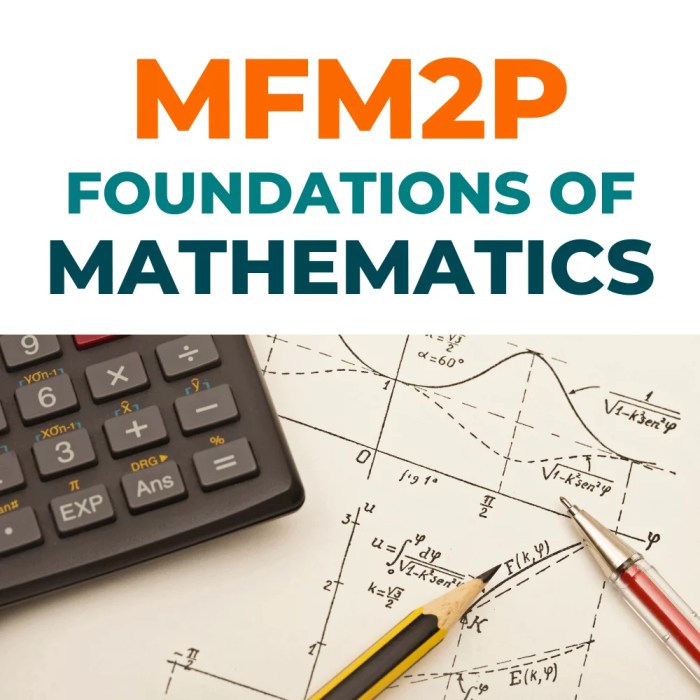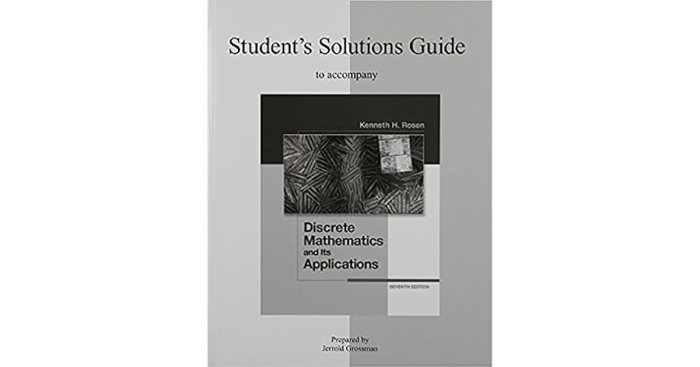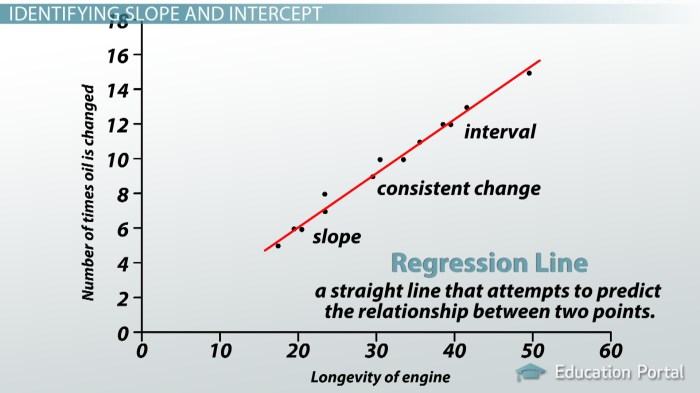Math 1012 foundations of mathematics – Math 1012: Foundations of Mathematics unveils the very essence of mathematical thought, laying a solid foundation for students embarking on a journey through the vast and intricate world of mathematics. This course explores the fundamental principles that underpin all mathematical endeavors, providing a deep understanding of the concepts, structures, and techniques that shape the discipline.
Delving into the realms of set theory, logic, relations and functions, number theory, algebra, topology, and analysis, Math 1012 equips students with a comprehensive toolkit for mathematical exploration. Through engaging lectures, thought-provoking discussions, and hands-on problem-solving exercises, students will develop the critical thinking, problem-solving, and analytical skills essential for success in mathematics and beyond.
1. Introduction

Math 1012: Foundations of Mathematics is a foundational course that provides a comprehensive overview of the basic concepts and principles that underpin the entire field of mathematics. It is designed to equip students with a solid understanding of the underlying logical and theoretical framework of mathematics, enabling them to develop the critical thinking and problem-solving skills essential for success in higher-level mathematics courses and beyond.
2. Set Theory: Math 1012 Foundations Of Mathematics
Concept of Sets
A set is a well-defined collection of distinct objects, called elements. Sets are represented using curly braces and their elements are listed inside the braces, separated by commas.
Operations on Sets
- Union:The union of two sets A and B, denoted as A ∪ B, is a new set that contains all the elements that are in either A or B.
- Intersection:The intersection of two sets A and B, denoted as A ∩ B, is a new set that contains all the elements that are in both A and B.
- Complement:The complement of a set A in a universal set U, denoted as A’, is a new set that contains all the elements in U that are not in A.
3. Logic
Propositional Logic
Propositional logic deals with the study of logical connectives such as “and”, “or”, “not”, “if-then”, and “if and only if”. It provides a framework for reasoning about the truth or falsity of propositions (statements) based on their logical relationships.
Predicate Logic
Predicate logic extends propositional logic by introducing quantifiers (“for all” and “there exists”) and variables, allowing us to express more complex statements and reason about objects and their properties.
4. Relations and Functions
Definition of Relations, Math 1012 foundations of mathematics
A relation is a set of ordered pairs (a, b) where a and b are elements from some sets A and B, respectively. Relations can be represented using arrow diagrams, tables, or set notation.
Definition of Functions
A function is a special type of relation where each element in the domain (input set) is paired with exactly one element in the range (output set).
Types of Relations and Functions
- Reflexive:A relation where every element is related to itself.
- Symmetric:A relation where if (a, b) is in the relation, then (b, a) is also in the relation.
- Transitive:A relation where if (a, b) and (b, c) are in the relation, then (a, c) is also in the relation.
- One-to-One:A function where each element in the domain is paired with only one element in the range.
- Onto:A function where every element in the range is paired with at least one element in the domain.
5. Number Theory
Natural Numbers
Natural numbers are the counting numbers: 1, 2, 3, … They are used for counting and ordering.
Integers
Integers are the natural numbers along with their negatives: …, -3, -2, -1, 0, 1, 2, 3, … They are used for counting and measuring quantities that can be both positive and negative.
Rational Numbers
Rational numbers are numbers that can be expressed as a fraction of two integers, a/b, where b ≠ 0. They represent numbers that can be represented as a terminating or repeating decimal.
Real Numbers
Real numbers are the set of all numbers that can be represented on a continuous number line. They include rational and irrational numbers.
Query Resolution
What are the prerequisites for Math 1012: Foundations of Mathematics?
Typically, students are expected to have a strong foundation in high school mathematics, including algebra, geometry, and trigonometry.
How is Math 1012: Foundations of Mathematics assessed?
Assessment methods may vary depending on the instructor but typically include a combination of exams, quizzes, assignments, and a final project.
What career opportunities are available for students who complete Math 1012: Foundations of Mathematics?
This course provides a solid foundation for students pursuing careers in mathematics, computer science, engineering, finance, and other fields that heavily utilize mathematical principles.



